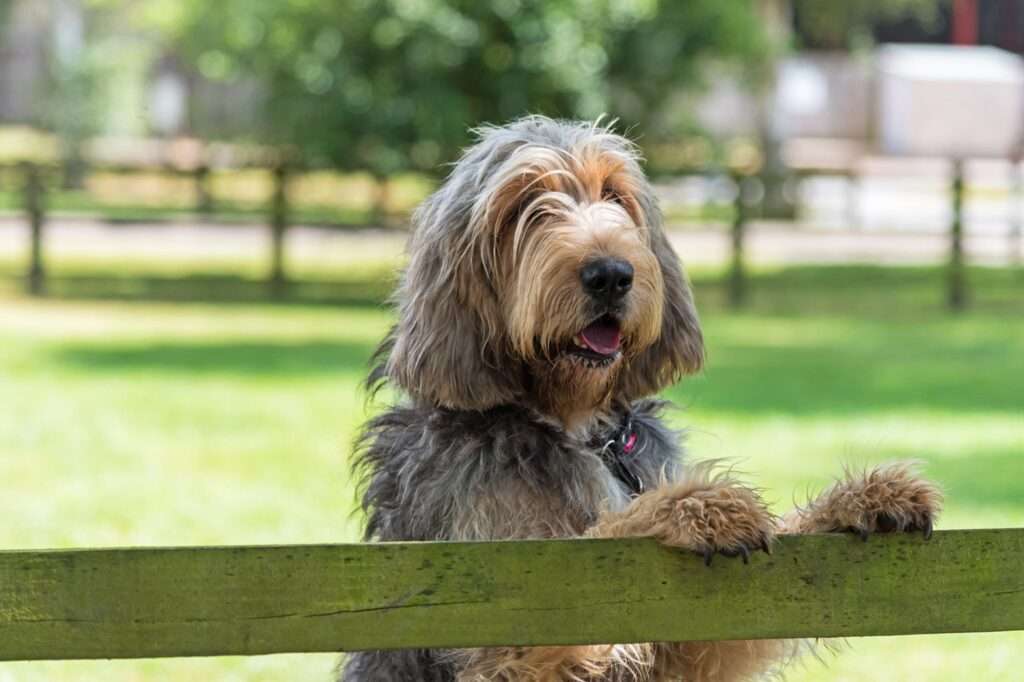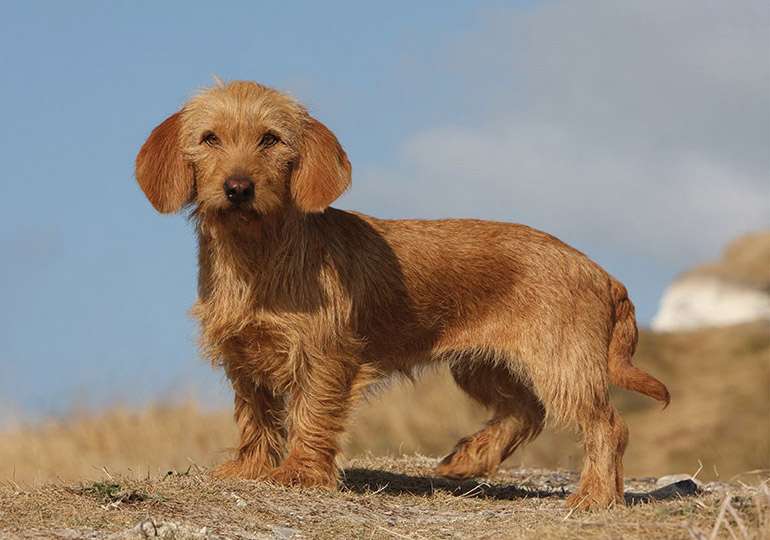
Large English hounds with long ears, a solid physique, and distinctively shaggy fur make up the Otterhound breed. When you first meet this cute dog, you might think it’s a doodle or another hybrid breed, but the otterhound is a distinct breed in and of itself. These canines are thought to have originated in medieval England when they were prized for their otter-hunting prowess. These big, affectionate hounds are still playful and full of energy today.
Care as a Pet/ In Captivity
Although the Otterhound is a very desirable dog for the proper owner, it can require a little high-maintenance grooming. For this breed to perform at its best, it requires a lot of activity and constant training. Although its distinctive shaggy coat doesn’t need to be cut, grooming requirements are a little higher than those of certain other hound breeds.

Exercise
For the Otterhound to be content and well-mannered at home, they require a lot of activity. Otterhounds require more activity as they become younger, but one hour a day is an excellent starting point. Save the vigorous activity till your dog’s second birthday to let its bones and joints mature properly. In addition to swimming and playing fetch in secure areas, lengthy walks, hiking, and jogging are excellent possibilities after that.
Never allow otterhounds to roam at large. When they smell something appealing, they often follow their noses instead of listening to your calls or paying attention to potentially hazardous situations like traffic. Always keep your dog securely leashed or enclosed in a fence.
Nutrition and Diet
Set a timetable for feeding your Otterhound (morning and night for adults) and use a measuring cup or scale to portion out exact amounts of premium dog food. Given that this dog is a huge breed, it’s essential to limit feedings. Bloat may result from this, and over time, canine weight increase may lead to hip dysplasia.
Based on your dog’s age, weight, and level of activity, discuss a balanced food regimen with your vet.
Grooming
The medium-length, tousled coat of the Otterhound is a defining characteristic of the breed. While weekly thorough brushing is required to prevent matting and reduce shedding, cutting is not necessary (but luckily, they shed only moderately). The undercoat of otterhounds is oily and waterproof. Although it’s a huge benefit for swimming, it can also result in a greasy feeling on the outside and dog odors. The amount of oil in each Otterhound varies, and how frequently they should be bathed depends on how their coat feels, looks, and smells.
If not kept clean, the shaggy beard can accumulate food and moisture and start to smell. The caring owner should frequently dry the beard and cleanse it during routine baths.
Table





